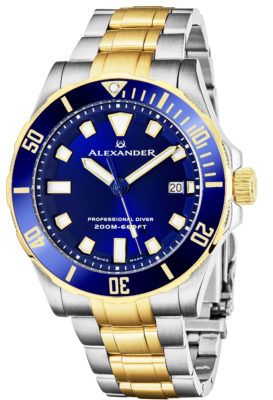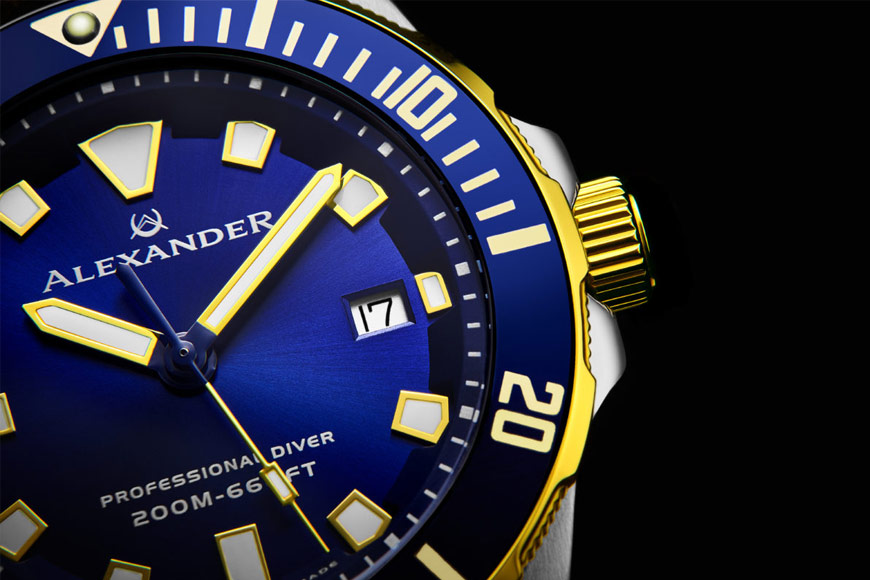Your antique grandfather clock really is the granddaddy of modern timekeeping.
The swinging bob connects to a rod that adjoins to a pivot that allows it to swing freely and forever in what physics calls simple harmonic motion.
Simple harmonic motion is actually very simple. It’s just back-and-forth movement from a central position, so that the time between each full swing is always the same.
But the central position is crucial to the harmonic part of things.
Get in on all the pop-science fun with Shaun McCormack, exclusively for Alexander.
Motion Mathematics

We can thank Dutch astronomer Christiaan Huygens for creating the first pendulum clock in 1656.
He finalized the mathematical formula that relates pendulum length to time, using simple harmonic motion. It’s 39.1 inches : 1 second.
We can also thank him for discovering Saturn’s moon, Titan, the year before, because big people do big things.
Huygens’ clocks were the most accurate of his day and stayed on top for 400 years, due the reliability of simple harmonic motion.
(The spacecraft named after him in 2005 was also the record-breaker for furthest journey ever from Earth.)
Success at Land or Sea
He had actually been trying to design a pendulum clock that could be used in sea navigation—but the rocking motion of the water disturbed the pendulum’s harmonic motion.
That’s the one caveat of pendulum clocks. That crucial central position has to remain still for the pendulum to maintain harmonic motion.
And without simple harmonic motion, pendulum clocks can’t keep time.
Modern watches are still very close to Huygens’ design. We just swapped out the pendulums for balance wheels, which maintain harmony with the help of special torsion springs called hairsprings.
But we still haven’t solved Huygens’ original problem. We know what might happen to your watch in a time warp, but we can’t make a grandfather clock work at sea.

